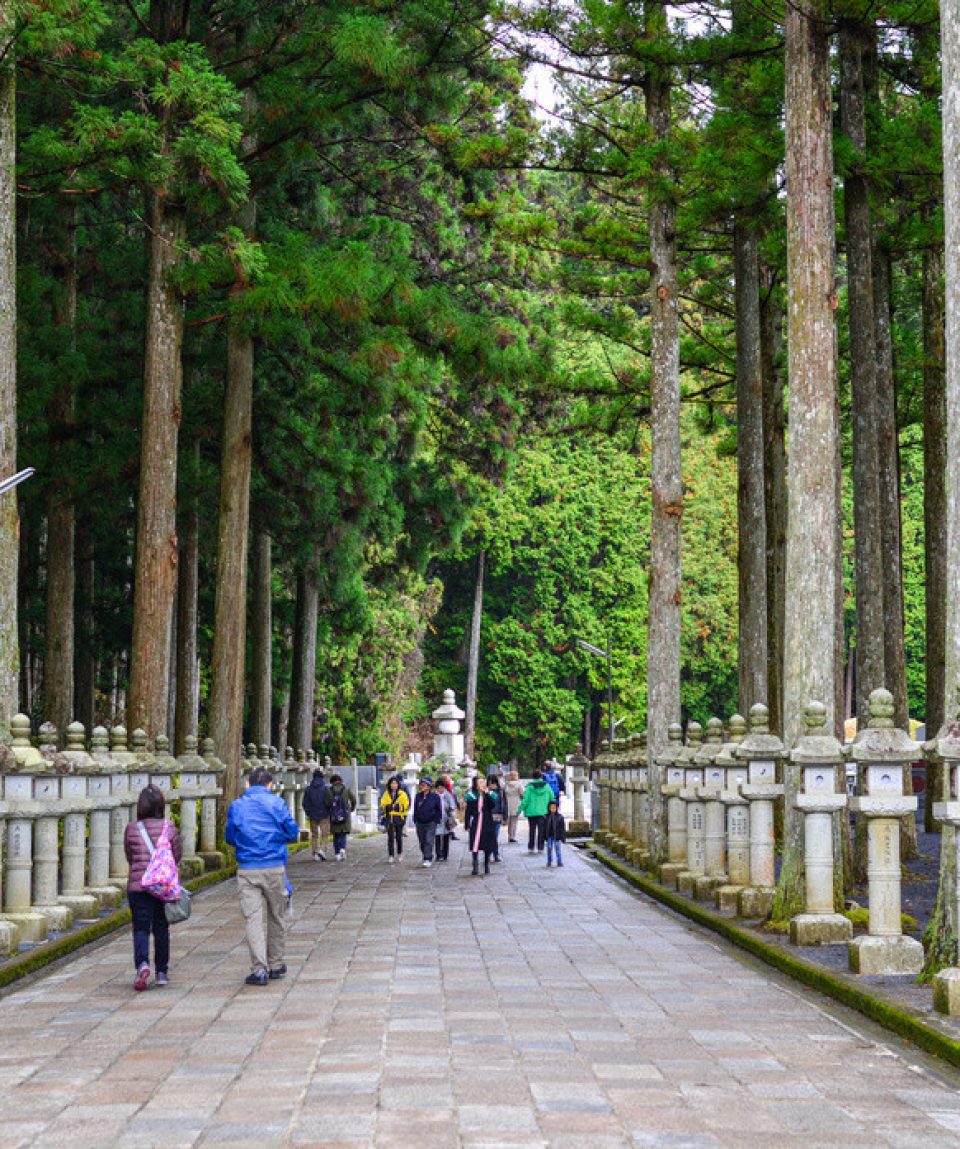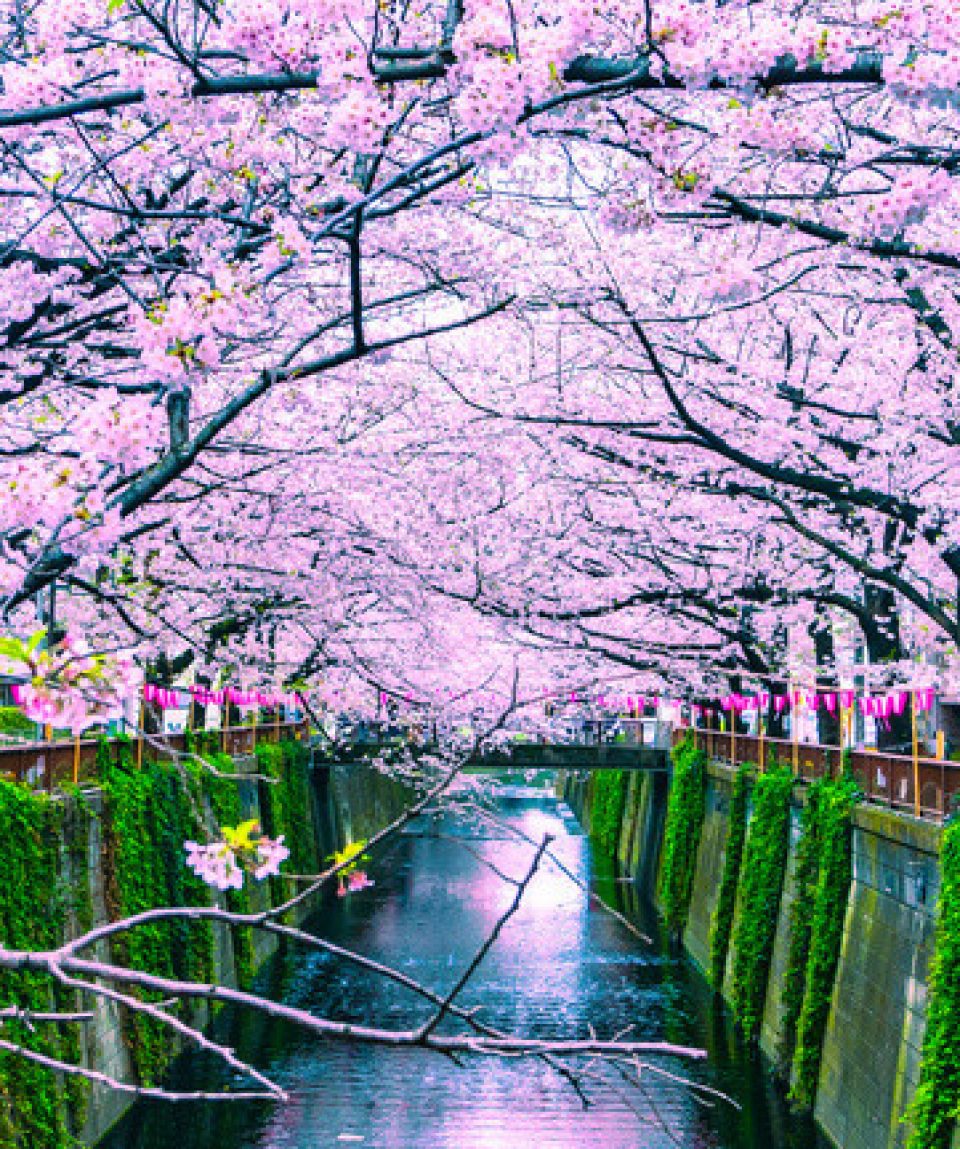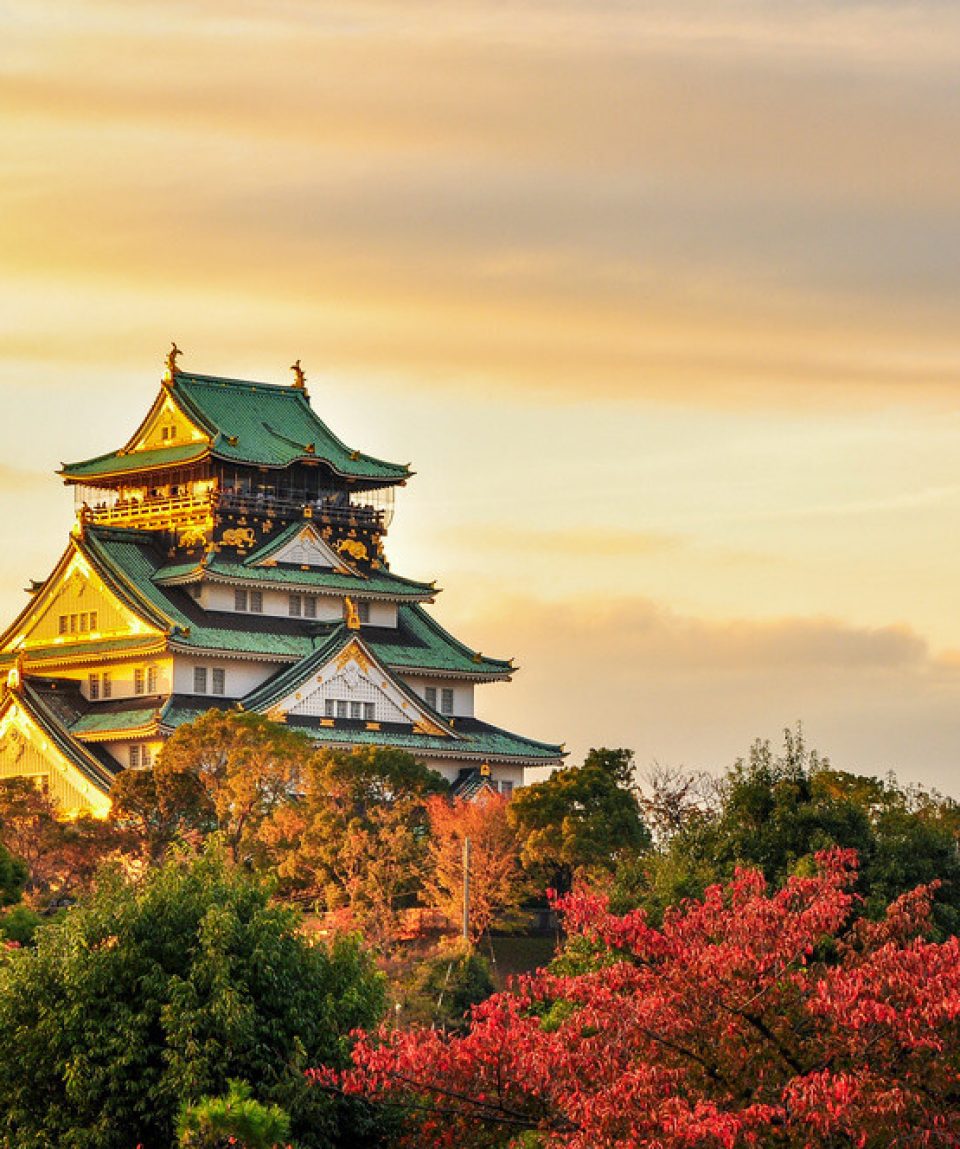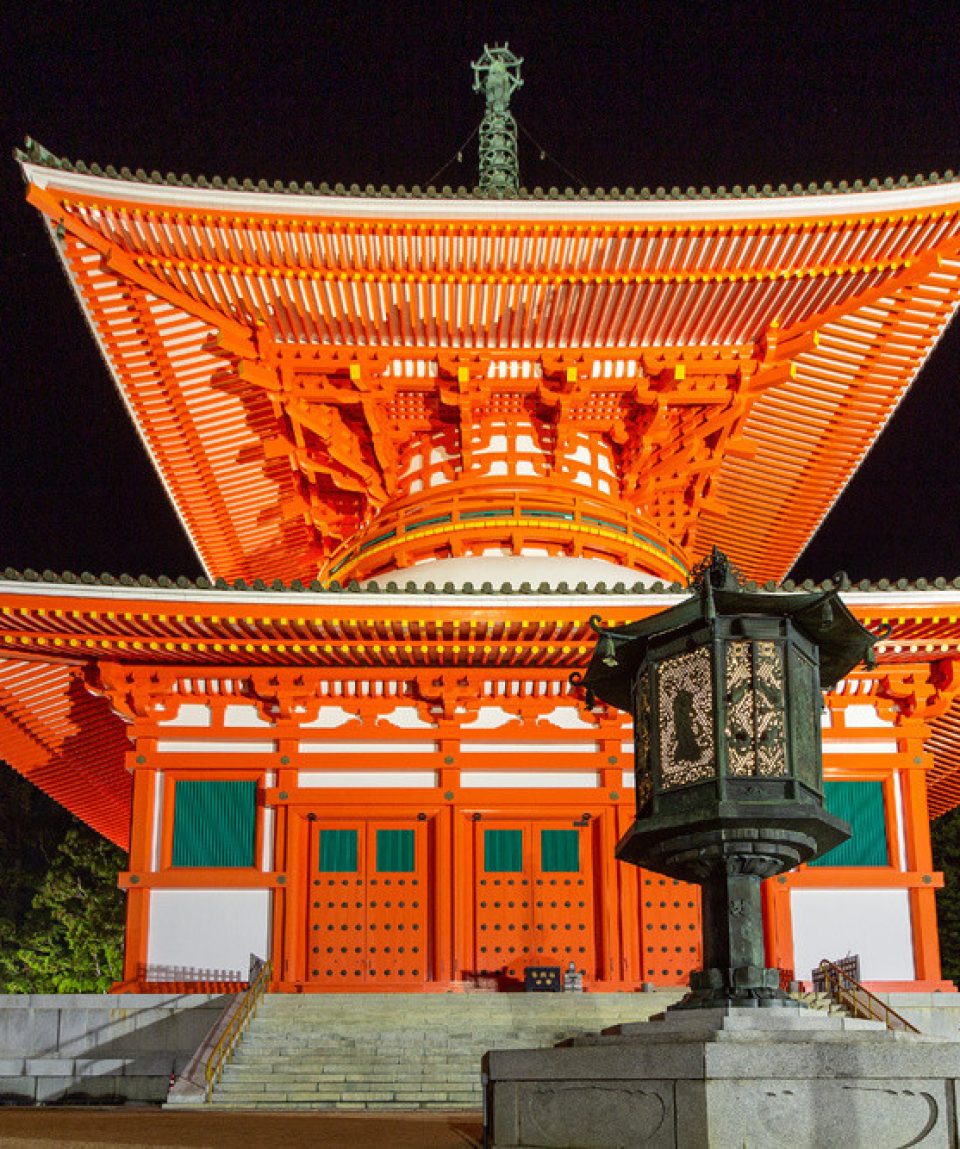Japan: City Lights & Sacred Sites
fromTokyo, Kyoto, Osaka, Mount Koya
Investigate Japan’s antiquated past on secretly guided voyages through Tokyo and Kyoto.
Go through the night in a Buddhist sanctuary on hallowed Mount Koya.
Experience an uncommon Japanese lunch service.
Visit Buddhist sanctuaries, Shinto sanctums, and the famous Daibutsu sculpture.
Stay at a handpicked determination of value facilities.
-
Reviews 0 Reviews0/5
-
Vacation Style Holiday TypeDiscovery, Family, Guided Tours
-
Activity Level Moderate
-
Group Size Medium Group
A travel experience like no other
This example agenda was made by specialists and is intended to rouse your next trip. It is fit to be tweaked to suit your inclinations, tastes, and spending plan so you can interface with neighborhood societies and experience real travel on your own terms, and leaving at whatever point you pick.
- DAY 1
TOKYO You’ve Arrived
- Japan Welcome Package
- Airport Meet & Greet – Assistant (Narita 9:00-20:55)
- Airport – Vehicle/Driver (Narita Airport).
- DAY 2
TOKYO A Walk Through the Past
- Old Tokyo Afternoon Walking Tour (4 hrs) – Private.
- DAY 3
TOKYO Audacious Architecture
- Temples of Kamakura (8 hrs) – Private Tour.
- DAY 4
TOKYO TO KYOTO A Change of Scenery
- Train Station Transfer with Private Vehicle and Guide – Vehicle/Guide
- Train – Tokyo – Kyoto [(2.5hrs)] – 1st Class
- Granvia Arrival from Train Station with Assistant – Assistant
- Kyoto Highlights by Taxi (4 hrs) – Private Taxi.
- DAY 5
KYOTO Wind Down
- Full-Day Spiritual Kyoto Tour by Taxi (8 hrs) – Guide/Taxi.
- DAY 6
KYOTO TO OSAKA TO MOUNT KOYA A Healthy Dose of History
- Kyoto – Osaka Nanba Station – Vehicle/Driver/Guide
- Disembark Train & Greeted by Local Guide
- Visit Historical & Cultural Sites
- Dinner (included)
- Check-in Overnight.
- DAY 7
MOUNT KOYA TO OSAKA En Route
- Breakfast (included)
- Monks Chanting Prayers
- Free Time at Leisure
- Departure
- Train Station Transfer with Private Vehicle and Guide – Vehicle/Guide.
- DAY 8
OSAKA Until Next Time…
- Airport – Vehicle/Driver.
- A completely redone agenda dependent on your inclinations and timetable
- Day in and day out in-objective help from our neighborhood office
- All convenience stays, visits, and moves for planned exercises are covered, except if in any case recorded in the agenda
- A private driver for visits and moves (in certain nations our nearby private aides likewise go about as your driver – your Destination Expert will examine with you if appropriate)
- Neighborhood private aides or shared visits that take you through your agenda features and encounters, your last schedule will affirm the sort of visit
- Hello at the air terminal or at your convenience from one of our delegates – your master will affirm your meet and welcome area with you
- Breakfast every morning at your lodging, in addition to any suppers showed in the agenda
- One bag and one carry-on per individual for trip moves
- Your global airfare – kindly can let your master say whether you’d prefer to get an evaluation from our Air Team
- Travel protection, which we offer and can be bought after you’ve booked your visit
- Visas (except if noted)
- Tips for administrations and encounters
- Snacks, meals, and beverages (heavy drinker and non-drunkard), except if indicated in the schedule
- Abundance stuff charges, and where relevant, things excluded from your admission
- Individual charges like clothing, calls, SIM cards, or room administration
- Early registration or late registration from inns (except if in any case indicated)
- Extra touring, exercises, and encounters outside of your agenda
- Discretionary improvements like a room or flight overhauls, or neighborhood camera or video expenses
- Visa expenses, vaccination expenses, and neighborhood flight charges (when appropriate)





